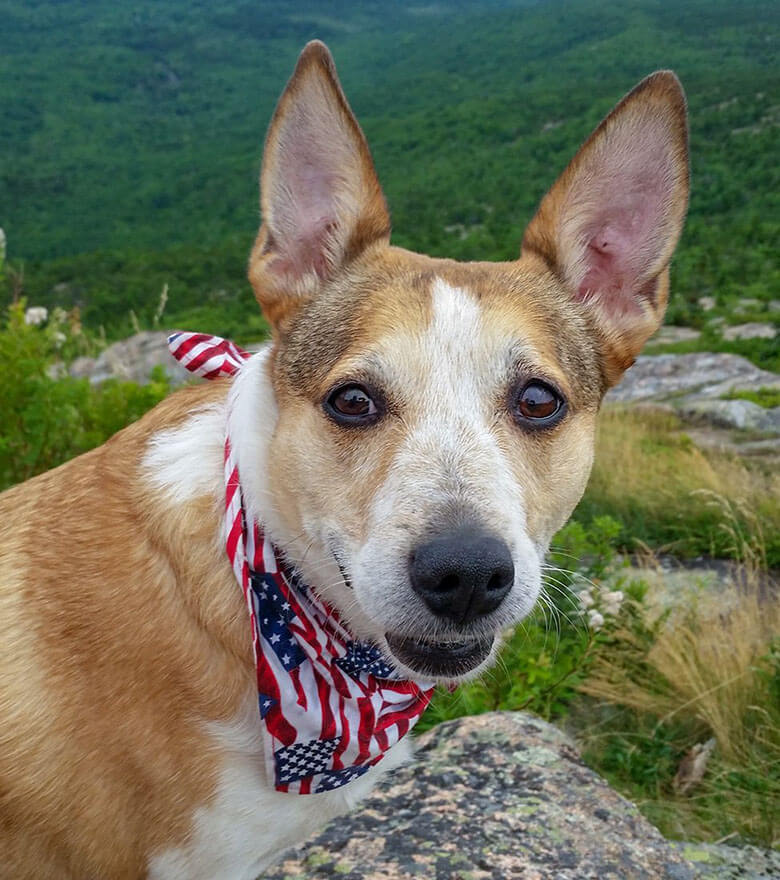

One of our favorite breeds is “mutt”! Share a picture of your marvelous mutt with us on Instagram by tagging And if you aren’t already a pet parent with us, look into getting a free quote to help safeguard not just your special pup, but your wallet too. They can also compete in agility training via organizations such as the NADAC, and they’re able to be trained as service dogs, too Mutts can still compete in dog shows! The Westminster Dog Show opened its doors to mutts in 2014.As mentioned, their health is generally considered better than a purebred’s health due to a lack of inherited hereditary ailments.Adopting a mixed breed could very easily save a life, and they’re so eager to love you! As such, they are more likely to be put down in high kill shelters. Mutts are also much easier to come by, as humane societies and shelters are filled with them.Many purebreds can cost you hundreds, sometimes even over $1,000. You can sometimes find mutts for free, or if you adopt from a shelter, for around $50 to $200. They’re typically more affordable to adopt than purebreds.Puppy mills and unregulated backyard breeding are serious issues, and they’re something that mutts usually avoid as a whole.

Patty Khuly for VetStreet.Īlso, while many purebreds are bred responsibly, that isn’t always the case. “Many mutts have a lower rate of hip dysplasia, certain knee diseases, most spinal diseases, many heart diseases, plenty of cancers and a whole lot of skin, blood, brain, liver and kidney diseases, among others,” wrote veterinarian Dr. However, as a whole, they are regarded as more robust and healthier than purebreds because they’re not as prone to genetically inherited health issues. Like personality and appearance, a mutt’s health also varies widely. They all look very similar to each other, but are actually mutts. An interesting, slight deviation from this, though, is the Alaskan Husky, which is actually a mixture of Northern dog breeds that are bred together for specific dog sledding skills. These aforementioned types are carefully bred to create new breeds, which are purebred henceforth, and are usually created from two distinct breeds. Note that mutts, or “mixed breed” pups, are not the same as purposefully crossbred dogs, such as the labradoodle or puggle. Contrarily, if you have a complex mixed-breed dog, meaning the dog is made up of numerous breeds (such as those whose parents were also mutts), then this is much more difficult to predict (enter the mystery egg analogy here). If the mutt is a simple mixed-breed dog, meaning comprised of only a handful of breeds, you’ll have a better idea of what their personality and physicality will be like as they get older. Mutts can have floppy tails or curly tails, perky ears or droopy ears, large frames or small frames, broad snouts or small snouts, and so on. Their appearance usually runs the same sort of gamut. They can be shy, goofy, crazy intelligent, aloof, quiet, loud - you name it. Mutt Personalities, Physical DescriptionsĪs you might have guessed, mutts display a wide range of personalities and physical characteristics, and ultimately, their temperament depends on the mixture of breeds they possess. Here’s more about the varied temperaments and physical characteristics of mutts, and reasons why a mutt may very well be the dog you’ve been looking for your whole life. In a way, they’re kind of like one of those mystery eggs you get around Easter where you have no idea what it will contain, but you know it’s going to be good. There’s something inherently lovable and endearing about “mutts” - aka dogs who are a mixture of breeds versus purebred. Mutt Personalities, Physical Descriptions.


 0 kommentar(er)
0 kommentar(er)
